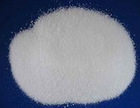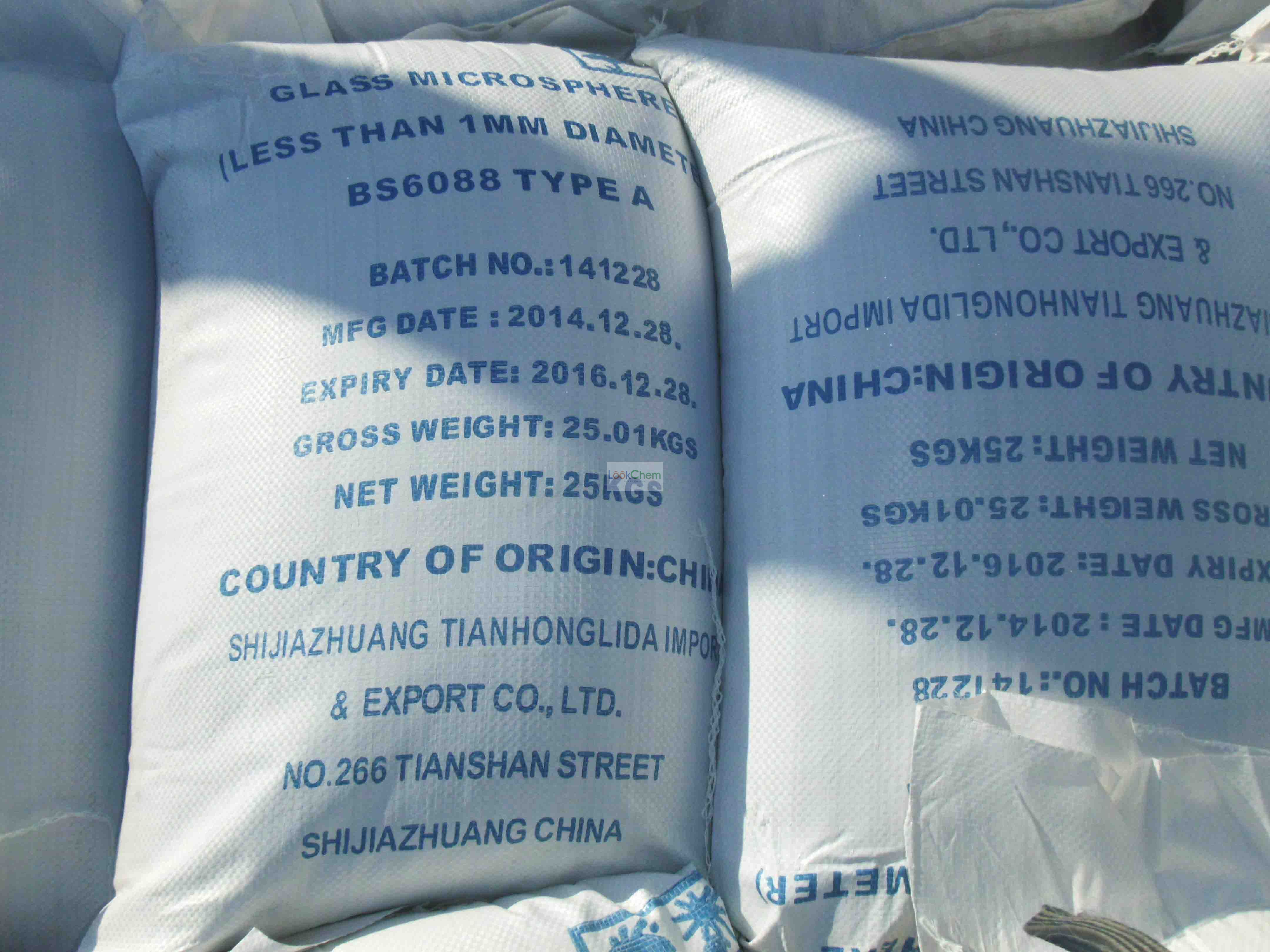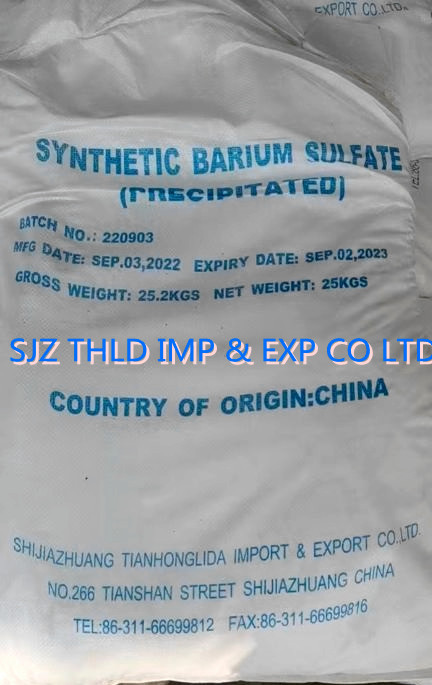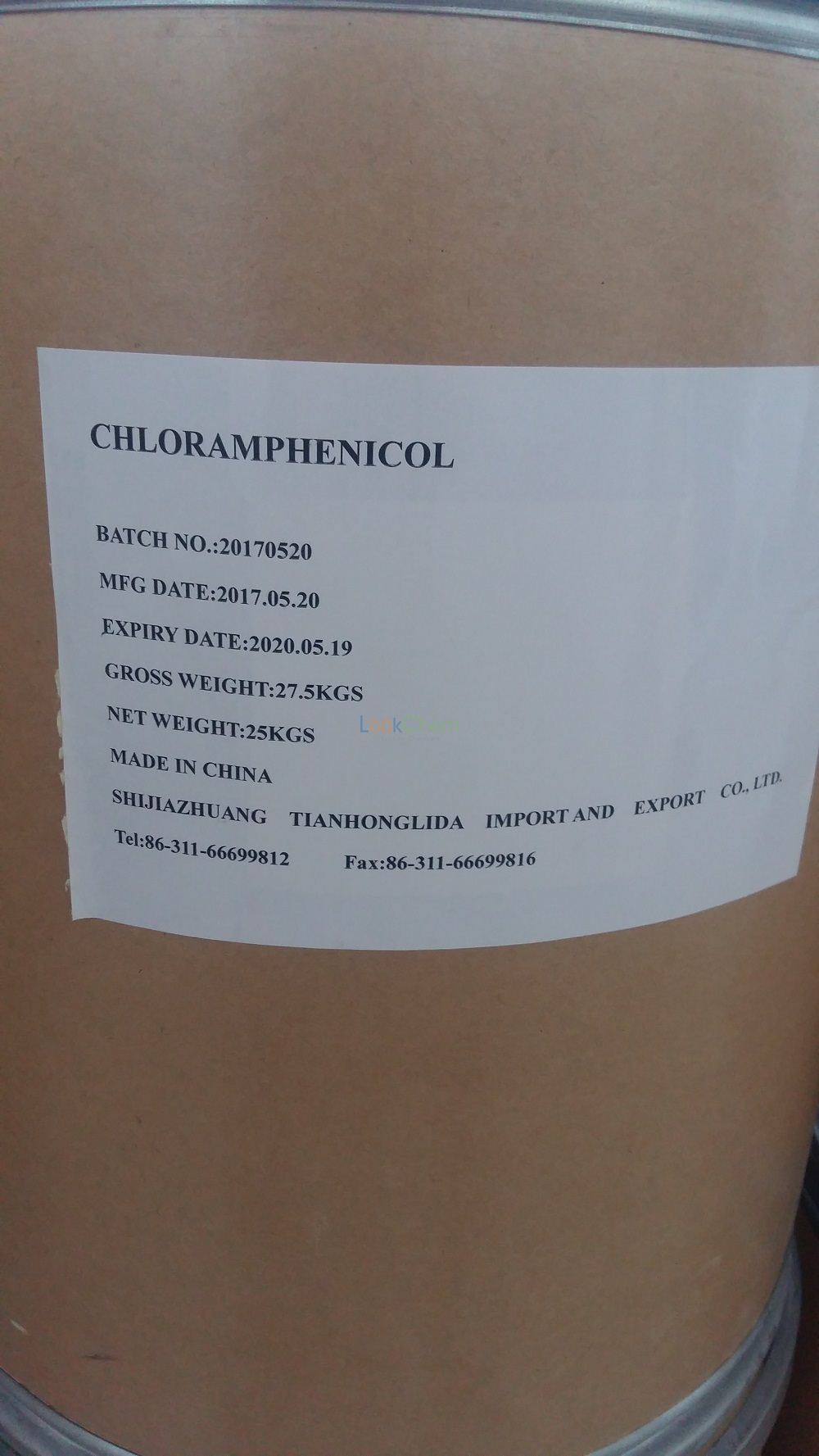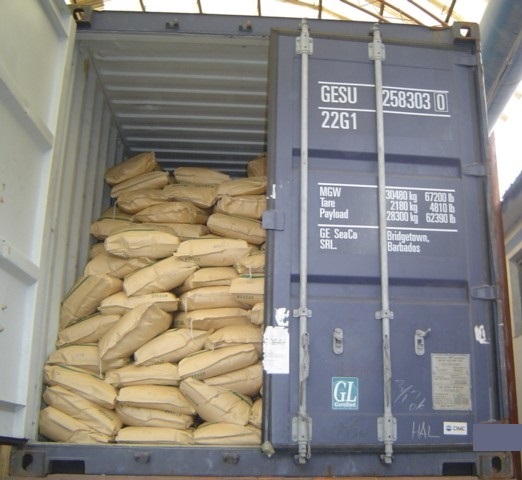Could South America benefit from Trump's trade tariffs?
时间:2025.04.28
When Donald Trump revealed the level of trade tariffs that countries around the world would face from the US, nations in South America breathed a sigh of relief.
Ten of the 12 states on the continent received the lowest level of 10%.
Only Guyana and Venezuela were initially hit with higher rates of 38% and 15% respectively, before these were subsequently reduced to 10%. This came as Trump decided to pause elevated rates on almost all countries for 90 days.
The exceptions are China, which has been hit with 145%, and Canada and Mexico, which have still got 25% tariffs on some exports to the US.
Commentators who describe this as a win for South America argue that the higher US tariffs on China, and on Canada and Mexico, could make South American goods more attractive to US and global buyers.
While plausible, this view oversimplifies broader global trade instability that South America is also exposed to.
Japan currently buys 40% of its beef from the US. But after Trump initially threatened to hit the country with 24% tariffs, Tokyo may shift to buy more meat from South America.
Other Brazilian industries, such as coffee and footwear, may gain a competitive edge over their Asian counterparts in the US market.
Brazil is the world's biggest producer of coffee, followed by Vietnam, Indonesia and Colombia.
Trump initially hit Vietnam with tariffs of 46% and Indonesia with 32%. While those higher rates are now on pause, if they are reinstated in July it will make beans from those two countries significantly more expensive in the US.
This would give both Brazilian and Colombian coffee a competitive advantage in the US, where they are already the main suppliers.
Meanwhile, Brazil's shoemakers could see more exports to the US as a result of Trump's high tariffs on Chinese exports. Currently China is the world's largest manufacturer of footwear while Brazil is in fifth place.
Trump's tariff wars have also led to global commodity price volatility, with oil and copper prices seeing slumps. Copper hit a 17-month low at the start of April. This volatility could hit the economies of Chile and Peru, where copper is the top export.
Eduardo Levy Yeyati, a former chief economist at the Central Bank of Argentina, says the impact on commodity prices and global demand is a "serious headwind" for South America.
Looking ahead, Mr Yeyati says that if Brazil and Argentina do end up enjoying a big rise in exports to the US, it could result in them getting higher tariffs from Trump.
After all, Trump's aim is to boost domestic production, not imports from other countries.
Mr Yeyati says that Trump may be equally displeased if South American nations start exporting more to China. "If Brazil fills in the US quota of goods exports to China, the US may choose to punish Brazil."
He theorises that Trump could also try to pressure Latin America to reduce China's footprint in the region in return for favourable treatment. China invests billions of dollars in infrastructure projects across Central and South America.
So, calling Trump's tariffs a clear "win" or "loss" for South America oversimplifies a complex situation. Especially if Trump announces in July that every country except China, Canada and Mexico will continue at 10%.
As Mr Hallak says: "It's very hard to predict where this is going."
Subject to this caveat, he envisions a future where the US protects its manufacturing industries more than its agricultural goods.
But adds: "I'm not sure Latin America is ready to take advantage of those opportunities. There will be specific opportunities for sure, but something that changes the game? I don't think so."

